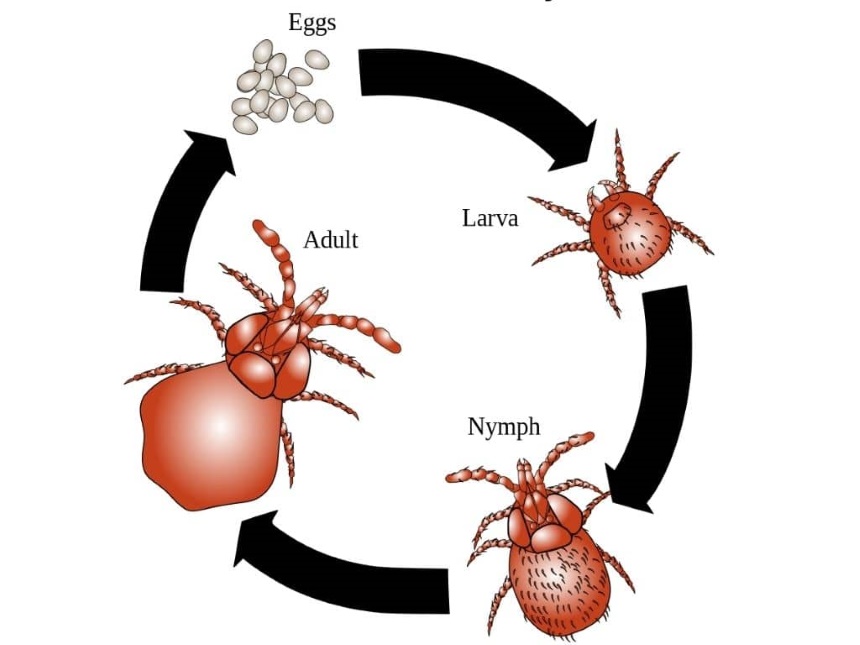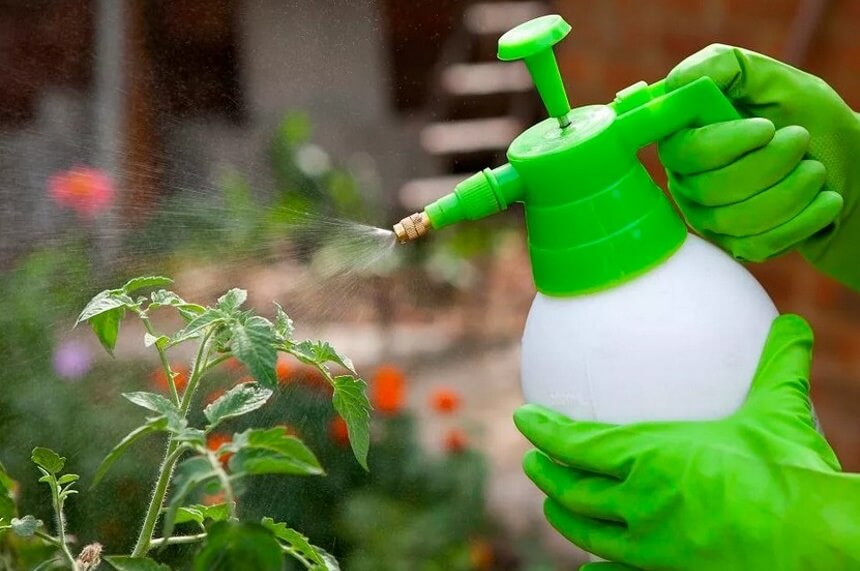

Spider mites are pesky pests, and if you are not keen, they will make a home and thrive on your plants in the hot summer months. Seeing the early signs of spider mites is the only sure way of protecting your plants from the pests’ wrath. You can easily treat them and employ the necessary precautionary measures to avoid a future attack. Spider mites are tiny spider-like plant pests that come in different colors, including yellow, brown, red, and green. They are highly destructive and thrive during hot and dry seasons.
They can come with the wind or a plant you buy from a local nursery. Since they are extremely tiny, spider mites can ravage your entire lawn and go unnoticed. They spread quickly because they are not picky eaters. In this article, we cover all there is to know about the plant-eating pests, including their life cycles, their effects on plants, and their earliest signs.
Spider mites are itty bitty plant pests that are hard to spot unless you are extra keen. The pests live in colonies underneath plant leaves and eat by piercing plants’ leaves and sucking up the fluids. They thrive in hot and dry seasons, especially when most of their natural enemies have been killed by insecticides. The National Pesticides Information Center (NPIC) advises against using chemical insecticides in controlling spider mites. The insecticides only end up killing the beneficial predators that could eat the spider mites and reduce their population significantly.

The most common species of spider mites you are likely to encounter in your greenhouse or garden backyard include:

The mites go through the same life cycle, but their development varies with different species. The life cycle includes the egg, larvae, two nymph stages, and the adult stage.
The lifecycle is pretty short as it only takes 5 to 20 days with ideal surrounding conditions.
The female spider mites have a two to four-weeks lifespan, and they can lay hundreds of eggs in their lifetime. The eggs are translucent and look like water droplets on plants’ leaves. They change into a cream color as the mites develop inside them. The hatchlings emerge with only six legs and feed on the underside of leaves until they develop eight legs and mature.
Like every other plant pests, spider mites appear on your plants to feed and reproduce. Their tiny size makes it easy for them to sneak into a landscape. They can easily get blown in by the wind, or you could unknowingly introduce some into your garden with a plant you purchase from a plant store.
Spider mites are attracted by:
Spider mites spread rapidly because they are not picky eaters. They can feed on any plant, whether a house or garden plant, a flower, vegetables, or a tree. The mites spread in various ways, including:

Few spider mites may have insignificant effects on a plant and cause minor damages like the loss of a few leaves. With minor damages, the plant can always regenerate.
A mid-sized invasion with hundreds of spider mites can cause stunted plant growth. You will notice the plants losing leaves and flower buds all the time, and they may never recover from the damage.
A large invasion with thousands of spider mites can kill a whole plant in a matter of days.
Large invasions are virtually unmanageable, and even if you get rid of some of the mites, the plant has very low chances of surviving the extreme damages caused.
Spider mites are not very picky on the type of plants to attack. They live on both indoor and outdoor plants, provided the leaves are green and full of sap.

When Spider mites are uncontrolled, their population grows exponentially and your plants risk irreversible damage. The leaves and flower buds wilt away, dry and fall off eventually after the mites have sacked all the sap. Loss of leaves causes stunted growth and in extreme cases, plant loss.

The advanced 701290B is another fantastic versatile option. The 3-in-1 disease, insect and mite control formula will keep your plants safe from various insects, spider mites and fungi. It even offers systemic rainproof protection for up to 30 days.
Other ways of getting rid of spider mites include:
As mentioned before, spider mites are attracted to hot and dry conditions and soils with high Nitrogen and Phosphorus levels. An extension paper by the University of Colorado advises that watering your plants properly in the hot and dry season will go a long way in preventing an invasion. Also, hosing off your plants regularly is a fantastic way of removing spider mites and their webs from your plants.
Inspect your plants regularly for signs of spider mites to ensure you keep a healthy landscape bed and can act quickly before too much damage occurs.
Knowing the early signs of spider mites is essential in preventing the sneaky pests from spreading and causing irreversible damage to your plants. The arachnids are attracted by hot and dry conditions and nitrogen and phosphorus rich soils. Watering your plants regularly and lowering the use of fertilizers on your agricultural landscape can go a long way in preventing a spider mites attack.
You should act quickly after establishing you have a spider mites’ invasion by using miticides or any of the natural remedies we have discussed in the article. You can also consult plant health care services to help you with the spider mite control.